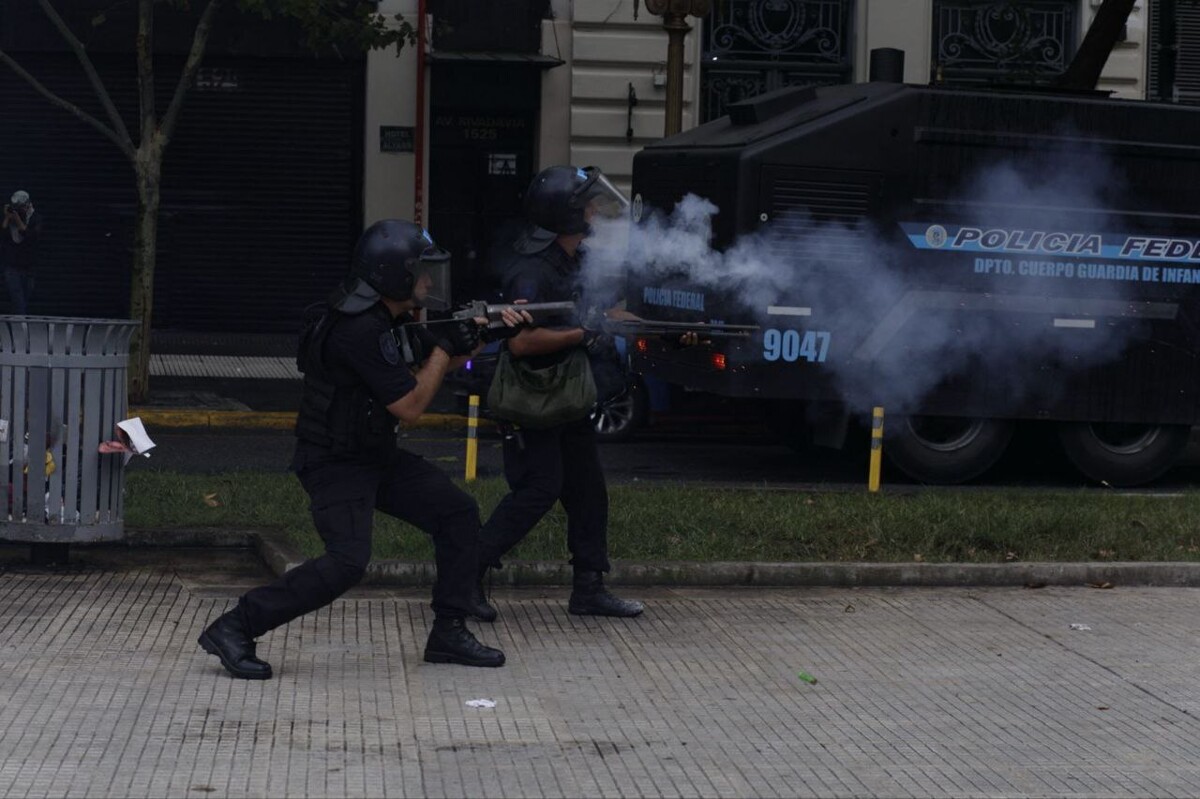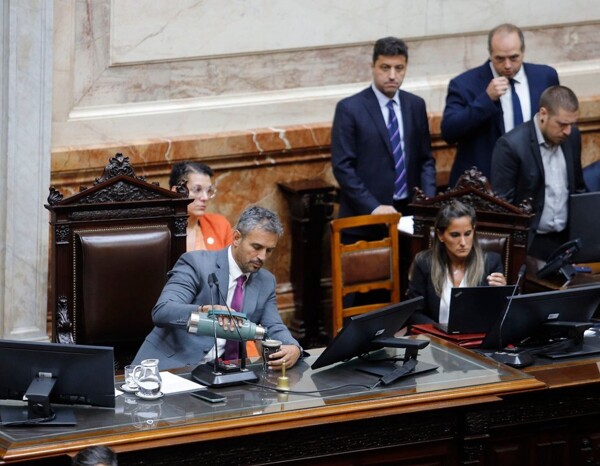
Commercial media has contributed to the labeling of repressive weapons as "non-lethal," ignoring the genocides that have occurred in the last century and a half. Tear gas, erroneously called "gases," are acidic powders in aerosol form, but their lethality should not be underestimated. Although they are used with supposed protective tools, their use is authorized even against civilians, being responsible for numerous deaths and mutilations.
During Javier Milei's administration, various Argentine police forces began using incapacitating chemical projectiles and expired tear gas grenades, which has resulted in severe consequences for protesters and civilians.
Tear gases, chemical projectiles, and other repressive weapons have devastating effects on the skin, eyes, respiratory and nervous systems, as demonstrated by numerous cases of injuries and deaths both nationally and internationally.
The use of these weapons, promoted by an economic system dependent on the military industry, has left a trail of violence and repression in contexts of civil protests, with painful examples such as the loss of vision among protesters and activists during various demonstrations.
International recommendations, such as those from Amnesty International and the Inter-American Commission on Human Rights, urge to limit the use of repressive weapons, especially due to their lethal potential and the severe harm they can cause in people's lives.
The consequences of using tear gas and rubber projectiles are alarming, with cases of death, mutilation, severe injuries, and permanent sequelae, highlighting the need to regulate and restrict their use in contexts of protest and police repression.













